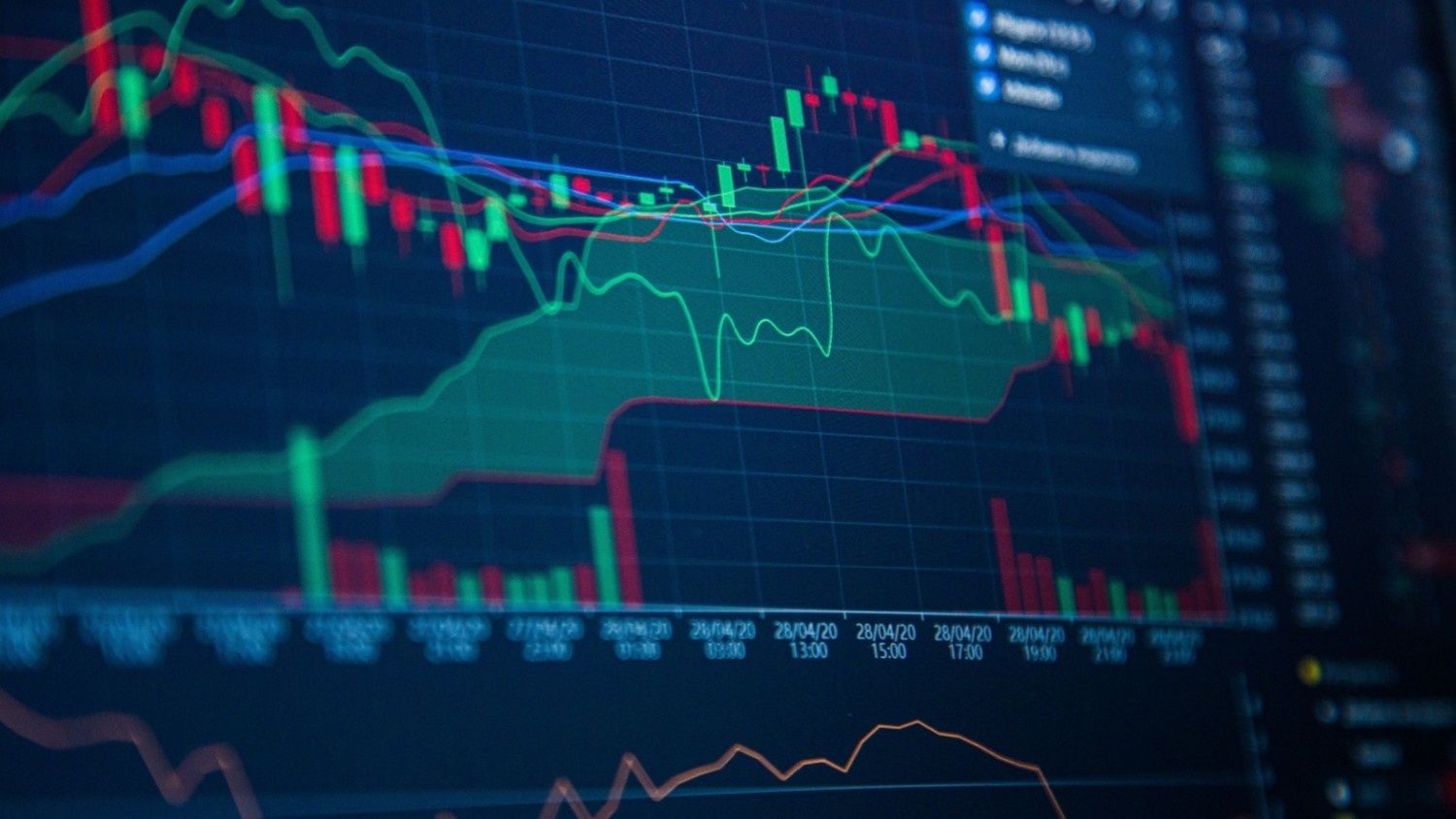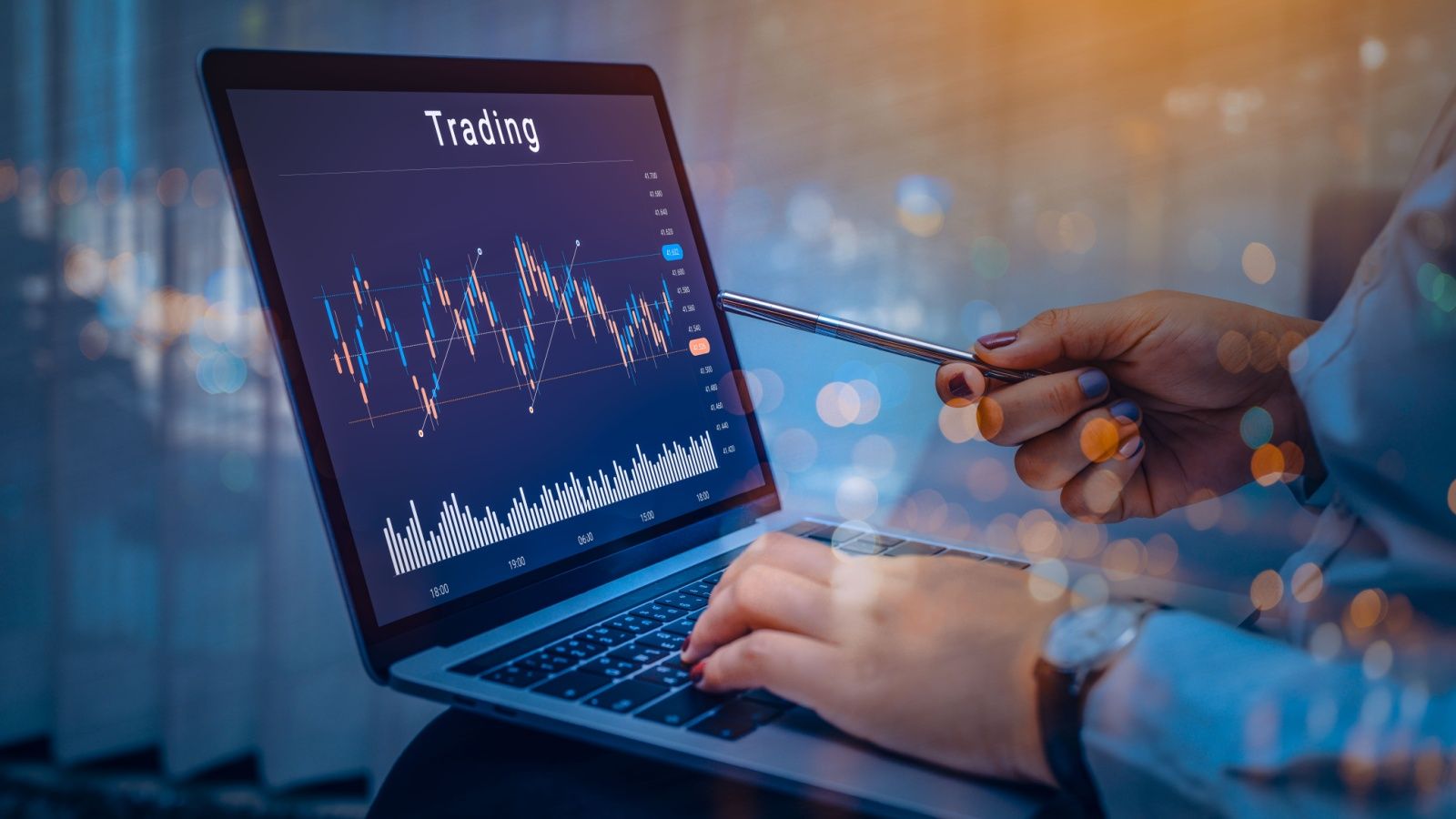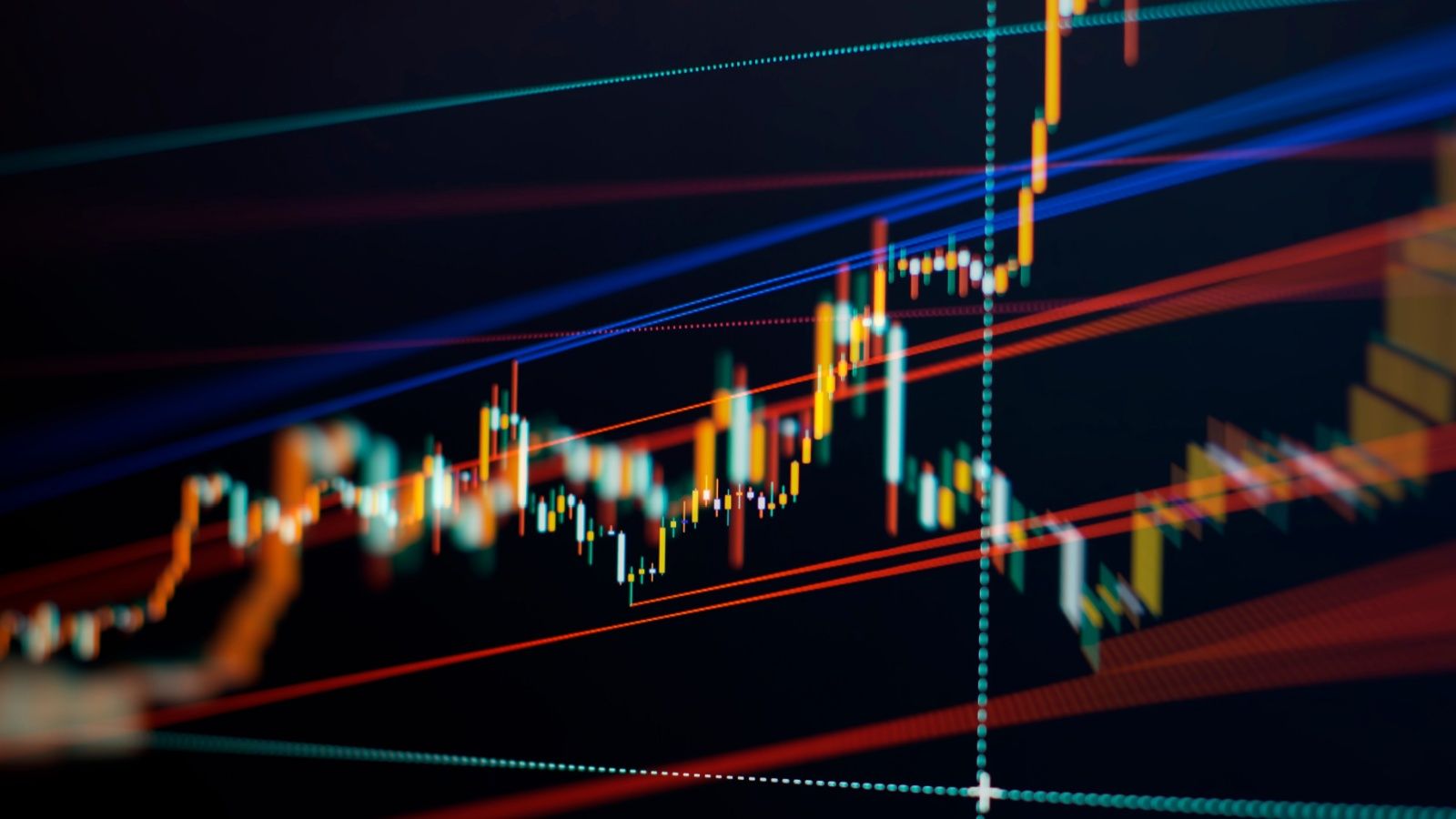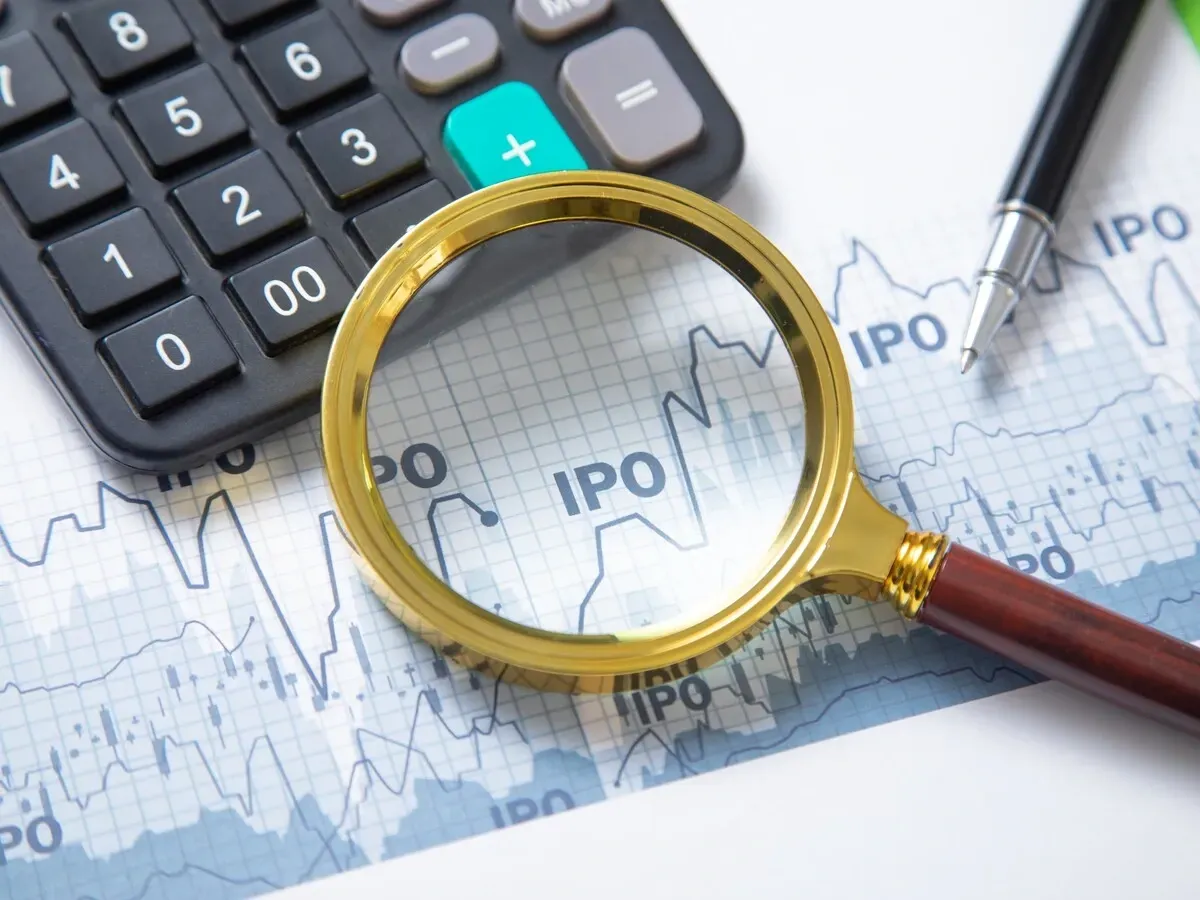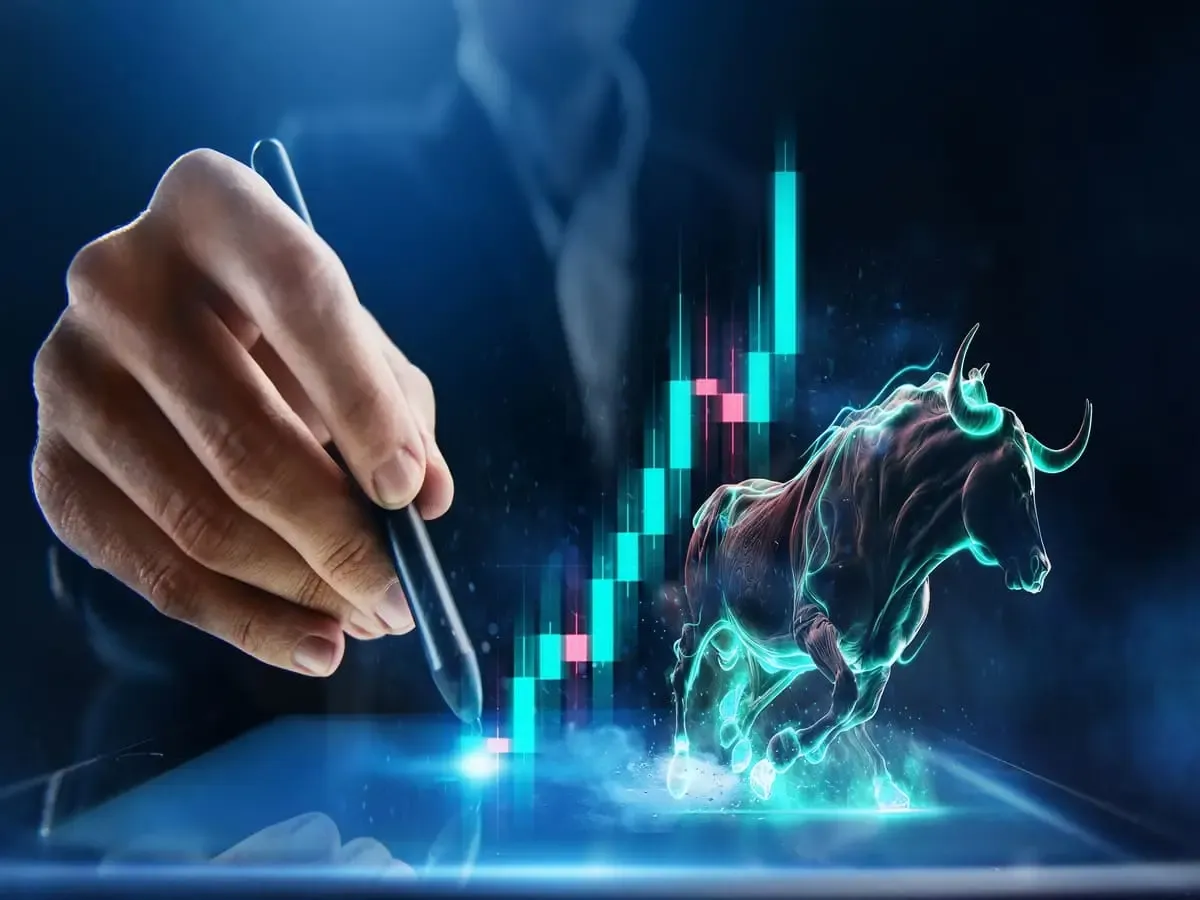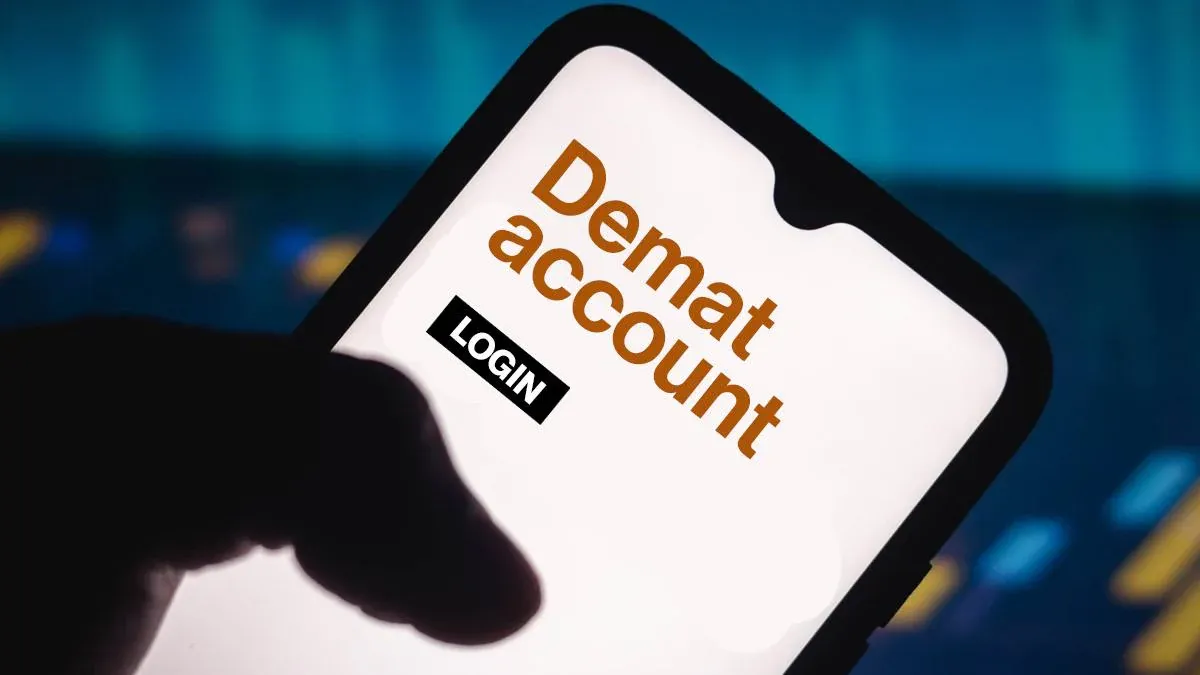What Is Client Id In Demat Account
Written by Upstox Desk
Published on October 17, 2025 | 5 min read

What Is Client ID In Demat Account? All You Need to Know
In India, any investor who wants to trade in securities must open a Demat account. Demat is short for Dematerialized- an account that allows you to hold securities of companies in electronic form.
Consider the account similar to your bank account. A bank account lets you deposit and withdraw money and track your transactions. Similarly, you can track your investments and securities with your Demat account by using a client ID.
You can open Demat account with depository participants such as banks, stock brokers, or online investment platforms. On opening the account, you will be allotted a Demat account number.
Each investor has a unique Demat account that forms their trading identity while buying or selling securities. Most confuse this number with the client ID. However, they are not the same. So what is the difference? Read on to find out.
What is a Client ID in Demat Account?
To understand the client ID in the Demat account, we must first break down the anatomy of a Demat account. A Demat account number is a 16-digit unique number or numerical code allotted to each Demat account holder. The number consists of two elements:
- The DP ID
- The Client ID
The DP ID
The DP ID (Depository Participant Identification Number) is a unique number assigned to each depository participant (such as a bank or broker by the depository institutions. There are two depository institutions in India that assign the DP ID to financial entities. They are:
The DP ID consists of the first eight digits of your 16-digit Demat account number. It represents the institution you've chosen to open your account.
The Client ID
The next eight digits of your 16-digit Demat account number comprise the client ID. It is allotted by the bank or broker who opens your account. They use an in-house formula to generate a unique ID for each investor.
The unique client ID helps tie all your investment in one place so you can easily track them. Note that the client ID is not influenced by the depository institutions (NSDL and CDSL) but is given by the depository participants to identify their clients.
Identifying the DP ID and Client ID in Demat Account
Let's say your Demat account number is IN00343895765827. Here the first eight digits of the account number are from your DP ID, whereas the last eight digits form the client ID.
- DP ID: IN003438
- Client ID: 95765827
So, your Demat account number combines your DP ID and Client ID.
If you're into share trading, you must have noticed that some Demat accounts are entirely in numerical format, while some, like the above example, are in alphanumeric form. This is because the two depositories of India, NSDL and CDSL, have different formats for DP IDs.
The CDSL-issued DP IDs are in numeric format. Example: 13400035.
Meanwhile, NSDL-issued IDs are alphanumeric. They have 'IN' as the first two characters of their DP ID. Example: IN657429.
Thus, glancing at the Demat account number will enable you to identify the depository institution to which it is tied.
Difference between DP ID and Client ID in Demat Account
By now, you must have comprehended that all individuals who open an account under a particular broker will have identical DP IDs. However, the client ID will differ from individual to individual.
So, your client ID in the Demat account is more important than your DP ID.
But what will happen to your Demat account if you wish to change your broker for some reason? In that case, you may have to open a new account. If your new broker is under a different depository, your DP and client ID will change.
Where Can You Find Your Client ID?
The Securities and Exchange Board of India (SEBI) has mandated that all investors quote their Demat account number while executing trades. But while you can easily find your broker's DP ID online, the client ID will only be known to you.
So if you're a new trader wondering where to find your client ID, here are some places to look for it.
Your Welcome Letter
You must have received a welcome letter from your broker when you opened the account with them. Check the letter for the detail of your Demat account, including your client ID.
Your Demat Account Statement
Your depository periodically emails you a demat account statement showcasing the transaction made by you during the period. The statements usually carry your client ID at the top of the page.
Your Online Demat Account
Alternatively, you can view your client ID online by logging into your Demat account. You can use this method if you remember your login credentials.
Your Online Trading Account
If you've linked your trading account to your Demat account, you need not look elsewhere for the client ID. However, each broker has a different user interface. So you may have to check the page thoroughly to spot your client ID.
Get in Touch with Your Stock Broker
If all the above methods fail, you can still retrieve your ID by contacting your broker. They will ask you to verify your identity and re-provide the account details upon being satisfied.
Final Words
The Demat account is not only a mandatory requirement by law but also facilitates seamless trade in securities. Once you open a Demat account, identify your client ID in the Demat account and save it in a safe place for future reference.
About Author
Upstox Desk
Upstox Desk
Team of expert writers dedicated to providing insightful and comprehensive coverage on stock markets, economic trends, commodities, business developments, and personal finance. With a passion for delivering valuable information, the team strives to keep readers informed about the latest trends and developments in the financial world.
Read more from UpstoxUpstox is a leading Indian financial services company that offers online trading and investment services in stocks, commodities, currencies, mutual funds, and more. Founded in 2009 and headquartered in Mumbai, Upstox is backed by prominent investors including Ratan Tata, Tiger Global, and Kalaari Capital. It operates under RKSV Securities and is registered with SEBI, NSE, BSE, and other regulatory bodies, ensuring secure and compliant trading experiences.



